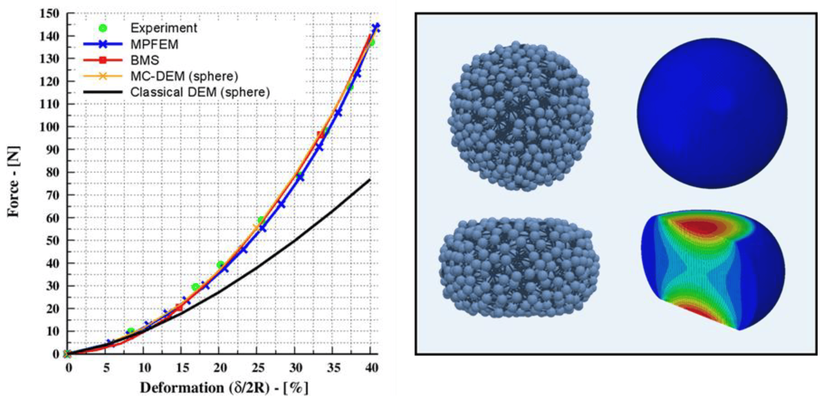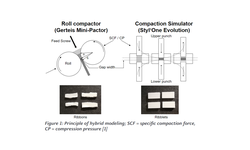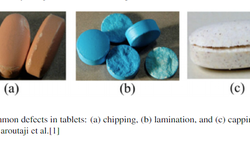Scientific papers
This study aimed to explore the deformation behavior of non-spherical particles under high-load compaction using the multi-contact discrete element method (MC-DEM). Two methods were employed to account for non-spherical particles: the bonded multi-sphere method (BMS), which incorporates intragranular bonds between particles, and the conventional multi-sphere method (CMS), allowing overlaps between particles to form a rigid body. Various test cases were conducted to substantiate the study's findings.
Initially, the bonded multi-sphere method was utilized to analyze the compression of a single rubber sphere. The method's capability to naturally handle substantial elastic deformations was demonstrated through its agreement with experimental data, further validated by detailed finite element simulations (multiple particle finite element method, MPFEM). Subsequently, the conventional multi-sphere (CMS) approach, allowing overlaps between particles to create a rigid body, was applied for the same purpose, revealing its limitations in accurately capturing the compression behavior of a single rubber sphere.
Finally, the BMS method was employed to investigate the uniaxial compaction of Avicel® PH 200 (FMC BioPolymer, Philadelphia, PA, USA), a microcrystalline cellulose-grade material, under high confining conditions. Simulation results using realistic non-spherical particles were compared with experimental data, showing excellent agreement between the multi-contact DEM and experimental findings for a system composed of non-spherical particles.

Comments
No comments posted yet.
Add a comment















